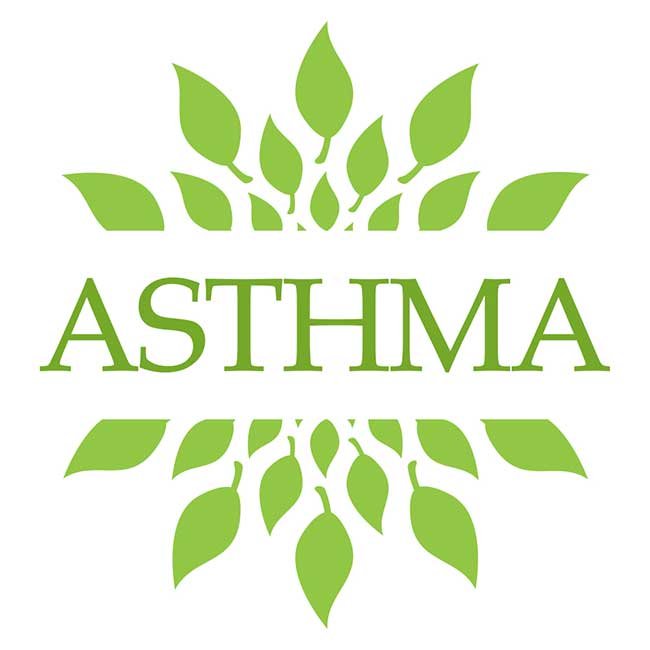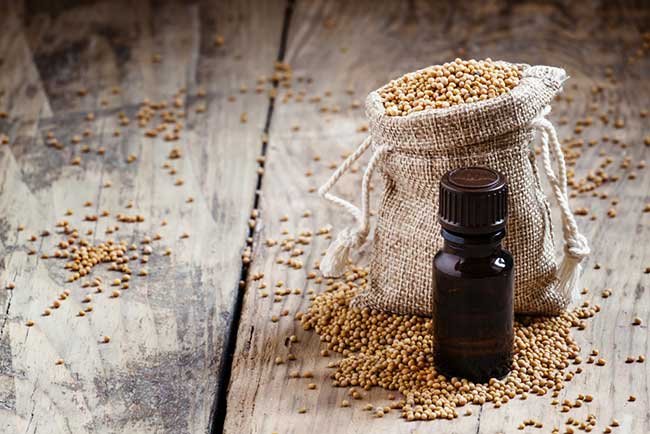
Recently, it is a regular asking question among diagnosed asthma patients that “what is asthma attack”?
In this article, you will find Asthma meanings, Statistics, Types, Symptoms, Causes & treatments of Asthma.
What Is Asthma?
Asthma is a continual lung disease that occurs a series of difficulty in breathing.
Primarily, asthma symptoms are occurred due to constriction, the muscles tightening up nearby the airways and swelling, pain, inflammation of the respiratory tract in the lungs.

Shutterstock
Read More: How to Stop Asthma during Period: Treated Periodic Asthma Attack
Statistics of Asthma:
Over 22 million adult and 6 million kids have asthma disease in the US:
- Forty thousand people miss work or school because of asthma every day.
- Thirty thousand people have an asthma attack every day
- Five thousand people admit the hospital emergency due to their asthma every day.
- One thousand people have visited the hospital due to asthma every day.
- Eleven people die due to asthma every day.
Types of Asthma:
There are several types of asthma. Realizing the particular type, you can get the most useful treatment.
Some types of asthma are:
- Allergic asthma.
- Exercise caused asthma.
- Work-related asthma.
- Cough variant asthma.
- Nocturnal (nighttime) asthma.
Read More: Allergy and Asthma || Are they Occur Together?
Causes of Asthma:

Shutterstock
Asthma has increased severely over the last some decades.
Whereas the correct causes of asthma are unidentified, but many factors work together for causing asthma for example:
- Atopy or a genetic trend to expand allergy.
- The family history of asthma.
- Contracting specific respiratory tract infection in babyhood.
- Exposure to some airborne substances and virus infection in the babyhood as the immune system makes grow.
- Other substances like animal dander.
- Hypersensitivity reaction.
- Exposure to cigarette smoke.
- Fatness.
- Airway disorder (an exaggerated airway reaction to different stimulants).
Normal vs. Wheezy Breathing:
While a person without asthma breathes in, the air:
- Enters by the mouth or nose.
- Goes down the windpipe, or trachea.
- Enters the bronchioles, or respiratory tract of the lung.
- Blood is aerated at the air cell.
- Recovers out again.
But, for asthmatics, this procedure is dissimilar and more complicated.
In asthma patients, the respiratory tract is very sensitive and may reply to some different triggers, for example, smoke, pollens, and infections, leading to inflammation and constriction of the airways.
Inflammation and constriction cause airflow blockage, making it tough to breathe.
Read More: 9 Asking Questions Solution on Asthma during Pregnancy
Asthma Symptoms:
The tightness and irritation may cause patients to feel some of the next signs:
- Wheezing
- Chest tightness
- Breathlessness
- A continual cough
Everybody’s asthma symptoms are not the same.
Diagnosis of Asthma:
For diagnosing asthma, you need two particular criteria:
- The presence of signs that well-matched with asthma.
- A volume of decreased airflow in your lungs using an exact measurement of high expiratory flow.
Your doctor will normally take a detailed history from you and complete a physical test.
Your doctor may suggest some tests to diagnose for example:
- Pulmonic function testing.
- Chest x-ray.
- Blood tests.
Asthma Treatments:
Treatment for you or your babies will mainly involve 3 main factors:
- Supervising of your high expiratory movement and asthma symptoms.
- Turning away from triggers.
- Treatment with medicines.
It is vital that you regularly go to your doctor and follow your action plan to get control of your asthma.
Home Remedies for an Asthma Attack:
From one side asthma attacks can be severe, on the other hand, treating asthma symptoms rapidly at home can stop them from raising.
There are some home treatments for an asthma attack can be useful.
# Caffeinated Tea or Coffee:

Shutterstock
The caffeine in green or black tea and coffee can help control asthma.
It works as same as to asthma treatment theophylline, which opens the air passage.
Caffeine has the ability to develop breathing role in persons with asthma for at least four hours.
So coffee and black tea can help with an asthma attack in if you don’t have an inhaler.
Note: The tea or coffee should be warm for rapid asthma relief.
# Eucalyptus Essential Oil:

Shutterstock
Eucalyptus oil has been utilized as a natural remedy for asthma for thousands of years.
Inhaling its vapor can help a person with breathing problems like respiratory disorder or asthma.
To use eucalyptus oil for asthma treatment, put some drops into an oil diffuser and take deep breaths.
If you don’t have an oil diffuser, boil a cup of water and add some drops of eucalyptus oil into it.
Then inhale the vapor gently.
Other essential oils like lavender or basil oil show the ability to treat asthma.
But, they aren’t examined by the Food and Drug Administration(FDA).
It’s vital to check the brands you select for quality and safety.
Using Essential oils for asthma treatments should not apply those people whose symptoms are sensitive by chemical smells.
So use essential oils for one time and see the result.
# Mustard Essential Oil:

Shutterstock
Mustard Essential oil is one of the best home remedies for an asthma attack.
This medicinal fatty oil contains “thiocyanates” which is useful for treating asthma attack in an emergency.
But, you should not use it directly to your skin.
Mustard seed oil can help relieve an asthma attack, open the airways, and improve lung function.
For the best usage of mustard essential oil in an asthma attack, mix some drops of oil and a pinch of salt in it.
Massage them over your chest for sometimes daily until symptoms decrease.
Or you can make a plaster made from mustard seed powder.
These plasters have a warming effect.
Applying mustard plasters on your chest should be kept for 10- 15 minutes, as they can burn.
Check your skin frequent under the plaster.
# Sitting straight Upright:

Shutterstock
Sitting upright straightly with good posture will help to open your airways, as well as help to breathe more efficiently.
You shouldn’t sleep, as this could make problematic to breathe.
You can use a chair to sit back.
# Try Slow and Deep Breaths:
This can be very tough in asthma attack; however, it gives some benefits.
Because trying slow and deep breathing can stop hyperventilation that needs to breathe well.
It also can help you to be relaxed, inducing a relaxing reply.
Staying calm can stop your chest from constraining.
When to See a Doctor?
If you’re not able to get your asthma attack under control, you must require seeking emergency medical care.
Go to the nearby emergency room if you feel any of the next symptoms:
- Severe breathing difficulty or wheezing, particularly early in the morning or late night
- Wanting to pressure your chest muscles to breathe
- Home remedies for asthma attack are not working well
- Incapability to speak more than short expressions because of panting.
Outlook:
Asthma attacks can become severe within a short time and may occur suddenly.
Therefore, you should visit an expert doctor to avoid possible future attacks.





